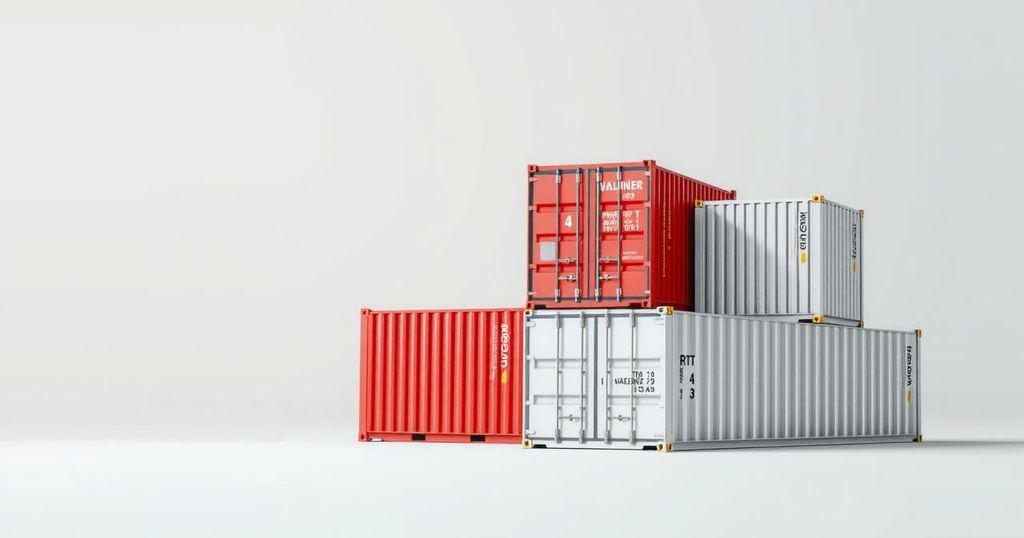President Trump plans to impose 25% tariffs on Mexico and Canada beginning March 4 due to high levels of drug trafficking. A simultaneous 10% tariff on China will also be initiated. These measures may lead to higher consumer prices, as reciprocal tariffs remain in effect and retaliatory actions from China are anticipated.
On Thursday, President Donald Trump announced that he will proceed with imposing a 25% tariff on goods imported from Mexico and Canada, effective March 4. He cited unacceptable levels of drug trafficking into the United States from these countries as the primary reason for this decision. Additionally, a 10% tariff will be applied specifically to Canadian energy products such as oil and electricity.
Trump further indicated that an additional 10% tariff on Chinese imports will commence on the same date, asserting that a significant portion of illicit drugs entering the U.S., including fentanyl, originates from China. He emphasized the need to combat this issue, stating, “We cannot allow this scourge to continue to harm the USA, and therefore, until it stops, or is seriously limited, the proposed TARIFFS… will, indeed, go into effect, as scheduled.”
Moreover, it was mentioned that an April 2 implementation of “reciprocal tariffs” will maintain equivalent import duties in relation to other nations. The previously established 10% tariffs on China, which began on February 4, were met with retaliatory measures from the Chinese government, affecting U.S. energy exports and prompting investigations into American companies.
These tariff measures could lead to higher prices for American consumers on various products, should they ultimately take effect. The situation remains dynamic as international responses continue to unfold, particularly from trading partners impacted by these tariff introductions.
In summary, President Trump has announced a series of tariffs aimed at Mexico, Canada, and China, motivated by concerns over drug trafficking. These tariffs are scheduled to take effect on March 4 and may result in increased costs for U.S. consumers. As the international trade landscape evolves, the potential implications of these tariffs warrant close scrutiny.
Original Source: www.foxbusiness.com






